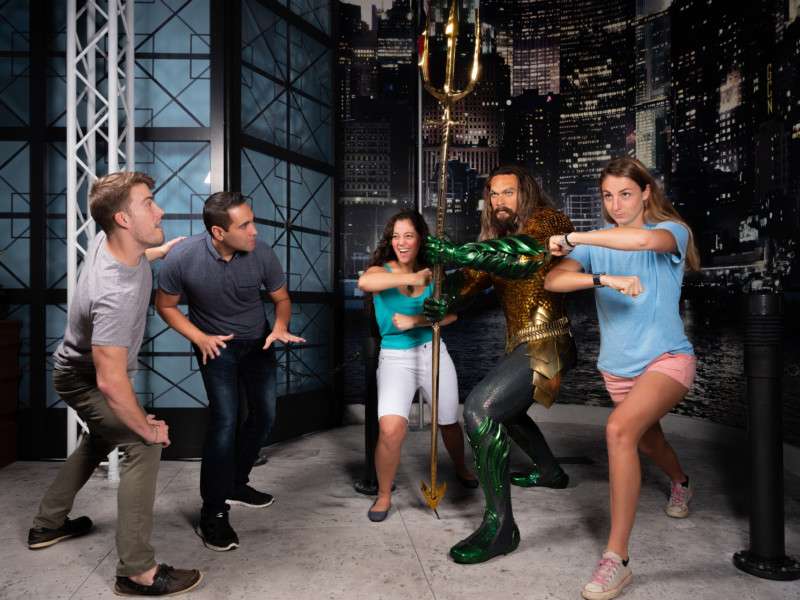Holovis supports new attraction formats that allow guests to choose their own adventures and encourage repeat visits
by Kevin Dazey
ABOVE: Guests at Madame Tussauds grab Aquaman’s trident to trigger his superpower. All photos courtesy Holovis.
Holovis, a leading experiential design company, is using its R&D muscle and technical savvy to help build state-of-the-art technologies and tools for the future of guest experience. That vision of the future is one of personalized attractions and experiences in seamless, immersive, responsive environments – where technology is transparent, and guests are empowered to choose their own adventures.
Personalized storytelling has been around in other genres and formats, but is relatively new to the attraction model. A genre of books aptly called “gamebooks” use a format wherein the reader determines the action. Probably the best-known of these was the children’s series of the 1980s and 1990s, called “Choose Your Own Adventure.” The series essentially gave readers control of the main character that led to various possible endings. In digital video, a popular interactive storytelling option is the “Black Mirror: Bandersnatch” movie on Netflix. Viewers went back and watched it over and over to try the different choices.
That re-visitation is in many regards the holy grail of attractions design: building something people want to experience again and again. Disney did it to some extent with StarTours 2.0 and then with Nemo SeaRiders – but while providing personalization and a range of endings, those rides don’t extend to the guest having more decisive agency.
That’s the challenge Holovis is now addressing in its R&D lab in the UK: to develop tools and technology that help achieve a deeper level of personalization, agency and open-endedness within the context of attractions. Other applicable terms used today include “non-linear storytelling,” “participation culture” and “connected immersion.”
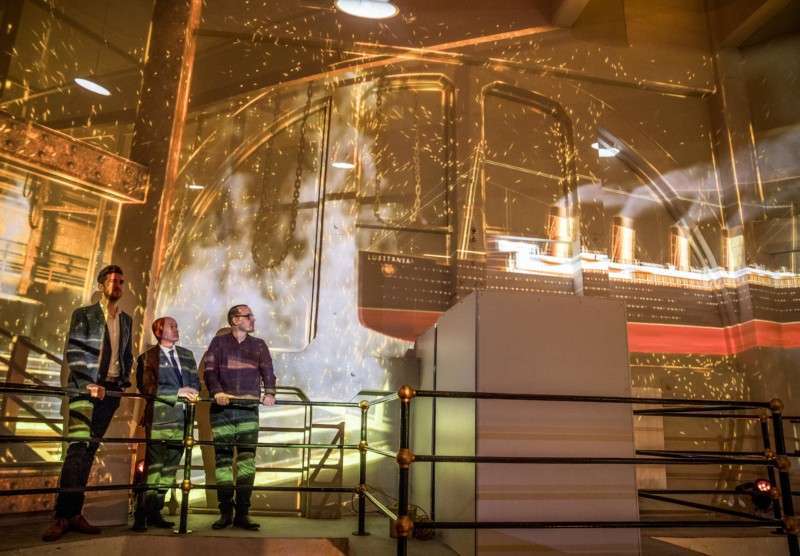
Ask Peter Cliff
Can themed experiences become like snowflakes, no two alike?
How? Peter Cliff, Holovis creative director, says, “The best experiences are story driven. That is the case whether the attraction is a rollercoaster, media and motion based simulator, walk through experience, or a projection mapped show. A great narrative drives guest engagement, stirs emotion, and creates enduring memories.”

Before joining Holovis in 2016 Peter spent several years on the operations side, working with Merlin Entertainment in various roles with a focus on live entertainment. From street performer at Alton Towers Resort, he moved on to a series of creative positions and played a major role in developing the park’s Scarefest attractions. “This experience from end user to solutions provider gives me a unique perspective and insight which I use to help parks develop their attractions and narratives, supported by the resources of the Holovis team.” This includes working with clients to help create experience centered entertainment that exercises the philosophy of giving the audience a degree of control.
Again, how?
First, “…by using real-time media which is rendered using a game engine so the story can take different directions depending on how much guests choose to engage, the decisions they make, and paths they choose to take through a story,” says Cliff. Second, “…through invisible tracking technologies that use the guest as the marker, removing the reliance on any additional devices and therefore removing the barrier to adoption.”
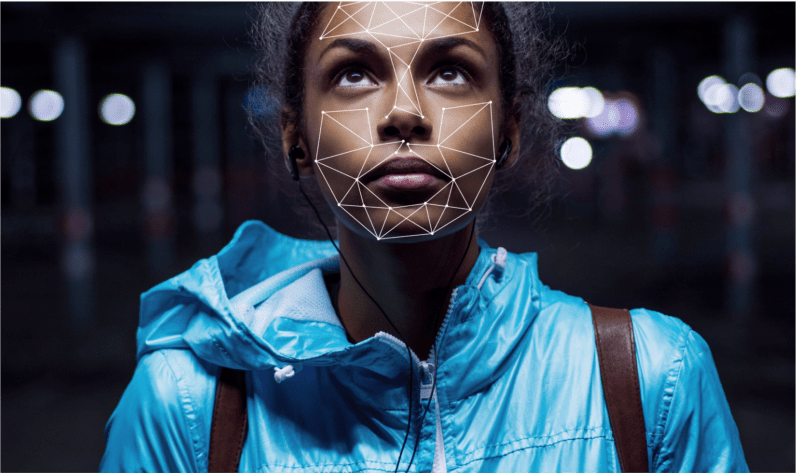
Per Cliff, the personalization element being developed will preserve group interactions (VR would not be used). Madame Tussauds’ The Justice League: A Call for Heroes (Orlando and Sydney) is an example. Holovis delivered the interactive features for the original and additional characters unveiled at these locations. The interactives allow visitors to engage in various ways, such as racing alongside The Flash, or discovering a code that enables Cyborg to display a hologram. “Our challenge is to bring that to life using the best combinations of multisensory technologies and special effects, ensuring that the technology is invisible to the guest, facilitating an amazing experience, but without them being aware of the high-tech environment around them.”
Holovis envisions personalization of this kind transforming guest experience and guest options within many existing media-based attraction formats and theater configurations, for entertainment and/or education. Possibilities include fulldome theaters, flying theaters, story-driven roller coasters, immersive tunnels, dark rides, Augmented Reality (AR)-enhanced historical recreations and adventures, walk-through exhibitions and more.
Some recent Holovis projects form real-world examples. The company supplied a 270° projection mapping show and augmented reality app for Liverpool England’s historic Royal Liver Building, was part of a new Dungeon attraction at Alton Towers, and announced a partnership with WhiteWater West. Variety and adapting to client needs are hallmarks of Holovis business culture.
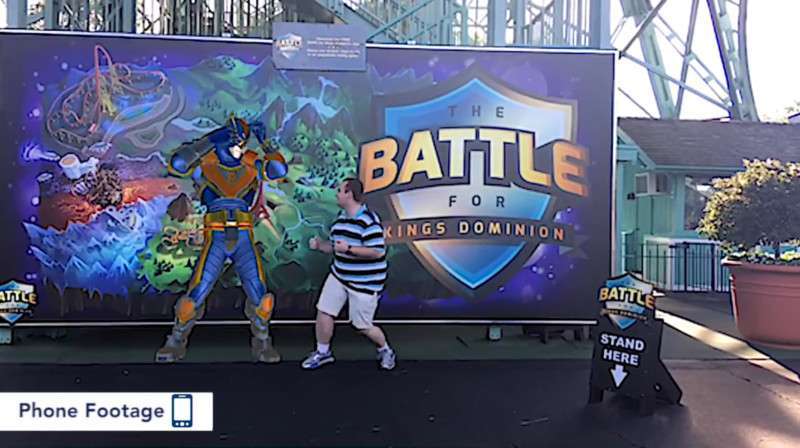
Deep personalization
The ideas being explored now such as invisible tracking solutions and real-time media enable ever deeper levels of personalization and customization. “Invisible tracking technologies create unique experiences for guests by giving them the power to interact with and control the world around them,” Cliff says. “This begins with facial recognition to register them in the system. The power is then put directly into the hands of the guest using gesture recognition to control the world around them, cast spells and bring hidden narratives to life. This removes all barriers to entry because guests already have everything they need to begin playing. Object recognition can be incorporated to bring props into the experience which can drive additional revenue opportunities.”
On a larger scale is the potential to create a cohesive, immersive, responsive environment providing perks to an individual based on actions or places visited. “This system can be used to connect the whole park ecosystem starting with a guest experience, but also tying into food and beverage, retail, loyalty schemes, ticketing, payment, and security,” says Cliff. “For example, if a guest has just earned a high score on something, retail staff can be alerted as the person approaches the kiosk and they could be offered a free coffee as a reward. Due to facial recognition, they wouldn’t need to present anything or have anything scanned.”
Holovis believes that this new wave of active, participatory attractions will drive the future of experiences throughout the out-of-home entertainment space at museums, zoos and FECs in addition to theme parks, but the technology is readily available now.
“Our software team has already developed the proprietary ecosystem that will drive these experiences, but its going to take a certain type of operator with a clear vision to utilize them.” Cedar Fair took the first steps towards this vision with the Battle For Cedar Point and Kings Dominion experiences. These unlock hidden narratives throughout the park and give the guests multivariant experiences each time they visit, driven through a mobile phone app.
“The next step would be to remove the need for the phone and have guests interacting directly with the park, not through a second screen.” The variables and power of the system mean that guests could discover new surprises and new elements on each visit. Per Cliff, media can be altered quickly once the systems are established, supporting repeatability. “The modules that we are creating can be used as park wide entertainment to bring queues, rides, or certain zones to life through magical interactions.” • • •

Kevin Dazey has a mechanical engineering background and works in R&D at a manufacturing company in St. Louis. He writes about ride engineering, roller coasters and related topics for InPark. [email protected]
Keeping on top of trends, at Holovis
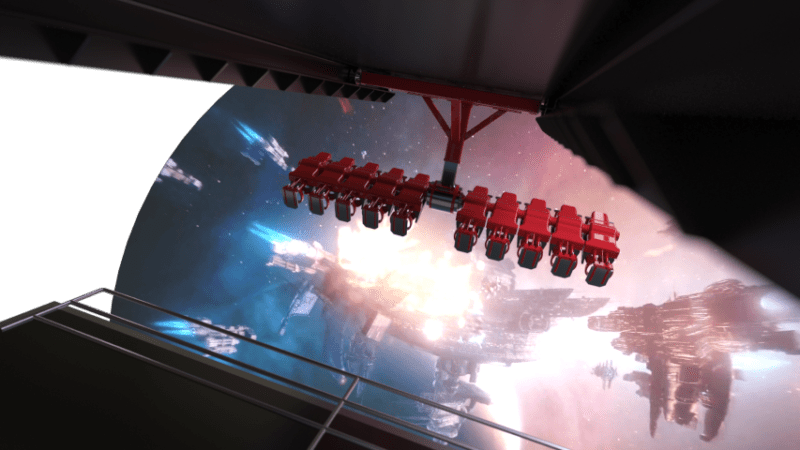
Fresh flying theaters
The number of flying theaters continues to grow and the format remains hugely popular. This large screen cinema experience found in theme parks and standalone attractions typically offers motion seats that allow guests’ feet to dangle to heighten the sensation of flying through the world of the media landscape. This riding position has been the standard. Holovis decided to switch things up with a version of its own that places passengers in the prone position. “We felt that the traditional flying theater wasn’t truly giving people the experience of flying, because they are sitting down, which instantly breaks the illusion,” says Cliff. “Flying should be experienced from the prone position so that is exactly how we have re-evolved the experience with Li-Fly.”
The company decided to create two versions, each with its own distinctive motion profile. Li-Fly permits surge, heave, and pitch (a full 360° rotation head over heels) while suspended in a dome theater configuration. The alternate model, Li-Fly Hex, allows 6-DOF; pitch, roll, yaw, heave, sway, and surge. Li-Fly permits individualized flight intensity as well, Cliff would add. “With Li-Fly Hex, our free-standing experience designed for smaller spaces such as FECs, we can even separate the pods so that each guest can control their own motion profile, taking it steady if they just wish to glide through or for extreme thrill seekers rotating and dropping as many times as they like. Because this will be taking place in a VR environment, the media will react to the motion profile to bring each guest’s variation of the world to life.”
Coasters with content
Storytelling and media have not traditionally been combined with high thrill roller coasters or those with extremely dynamic and high G-force action. Those coasters that do have such features that have existed mainly on the mild spectrum when considering the thrill factor. Holovis sees opportunity.
“Roller coasters have certainly undergone an evolution in the last few years,” says Cliff. “As records have been broken relating to the fastest, tallest, and steepest, physically the human body has been pushed to the limits on these experiences. We now need to look for alternative ways to differentiate.” Indeed, the last few years saw debuts of story-driven, roller coaster experiences including thrill moments and media content, with Holovis on the project team. The format has continued to spread and 2019 continues the trend.
In keeping with this trend, Holovis collaborates with S&S – Sansai Technologies, manufacturer of tower rides and assorted roller coasters types. From this has come the “MediaCoaster” concept that includes a pre-show, 360° media dome, elevator lift, and story from start to finish. “These are thrilling coaster experiences, but the track is immersed into media moments by going into projection domes, with immersive tunnels on launch hills and slowing to allow guests to interact with media scenes,” Cliff says. “The system includes Holovis gesture tracking and facial recognition technologies to identify the individual and create an outcome personalized to them, based on the other experiences they have had around the park.”
Key here is the physical aspect of a roller coaster merging with fully developed stories and/or individually customized content. Cliff says, “With our invisible tracking technology we can take queuing and preshow experiences to the next level and even continue the interactivity and effects whilst on the ride, personalizing the experience using real-time media for each guest.” He reports that MediaCoaster projects for clients in China are currently underway. •


